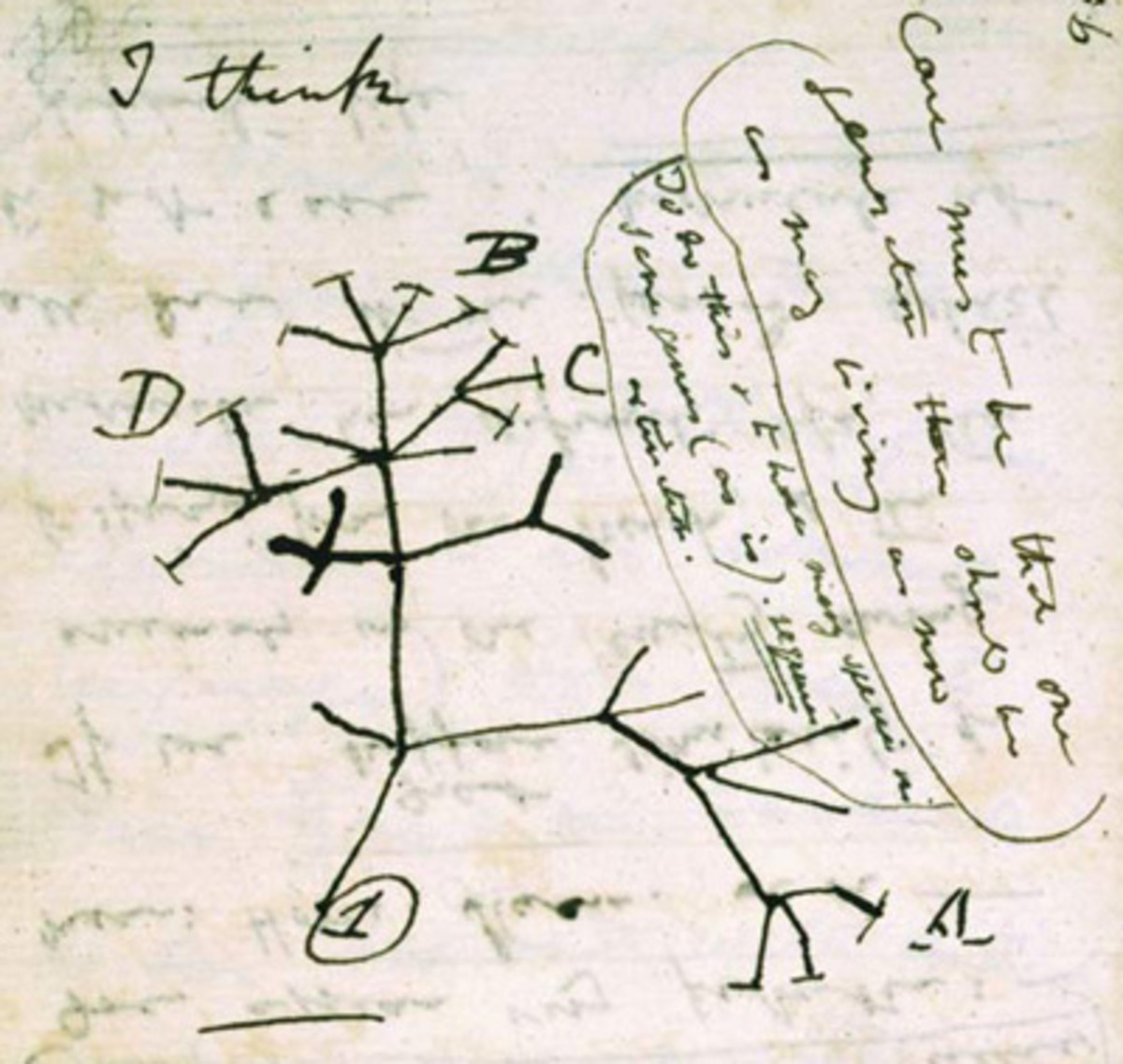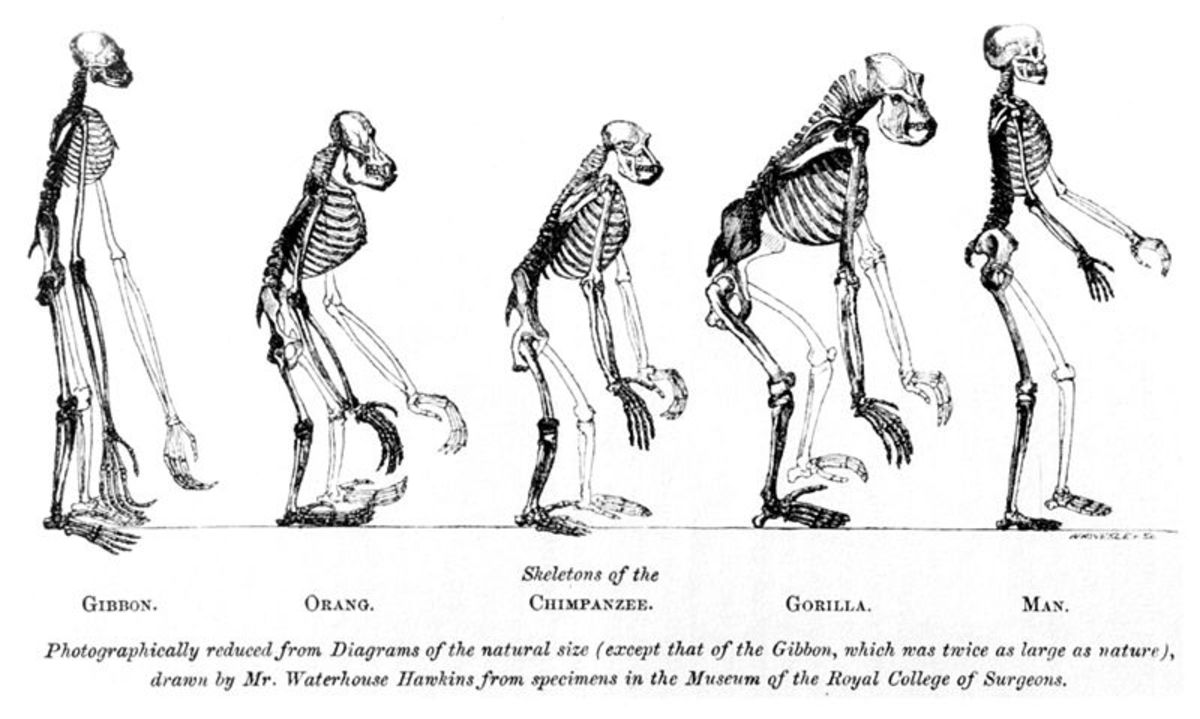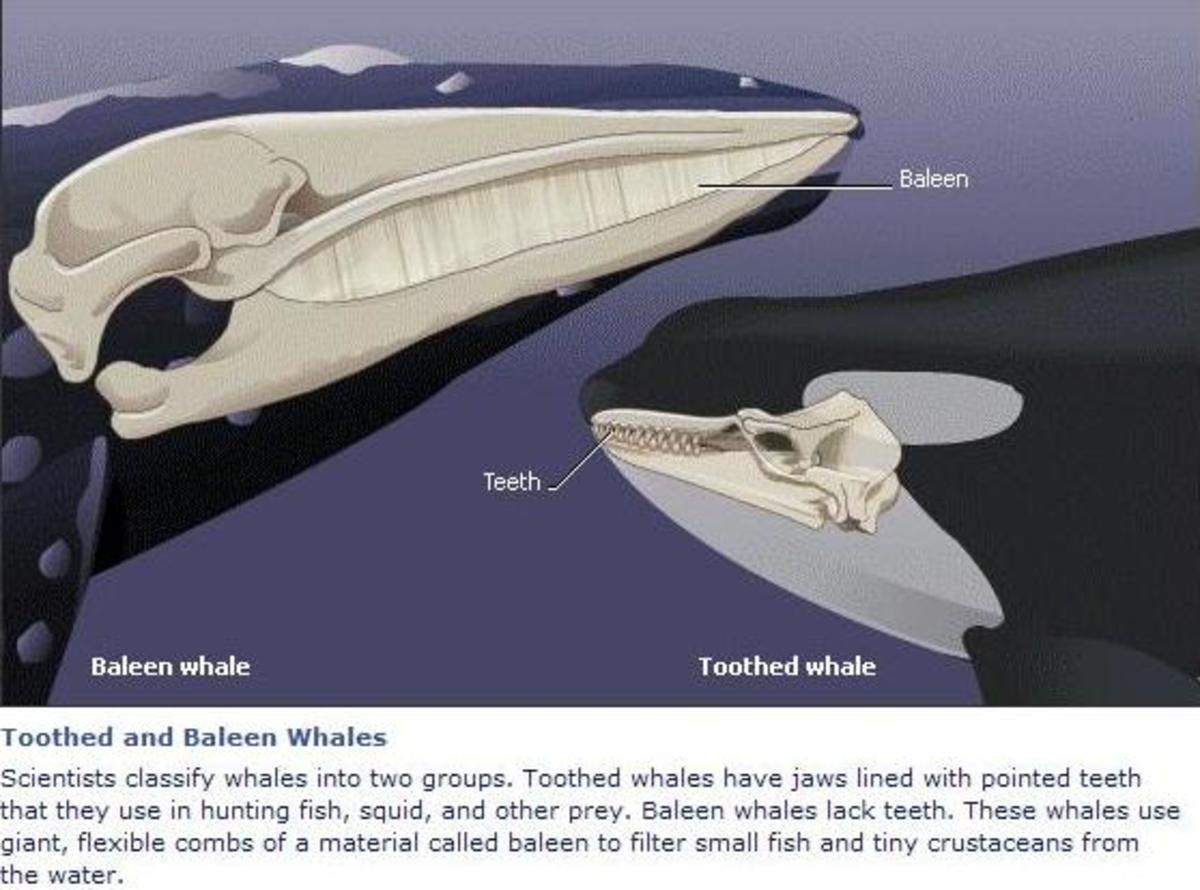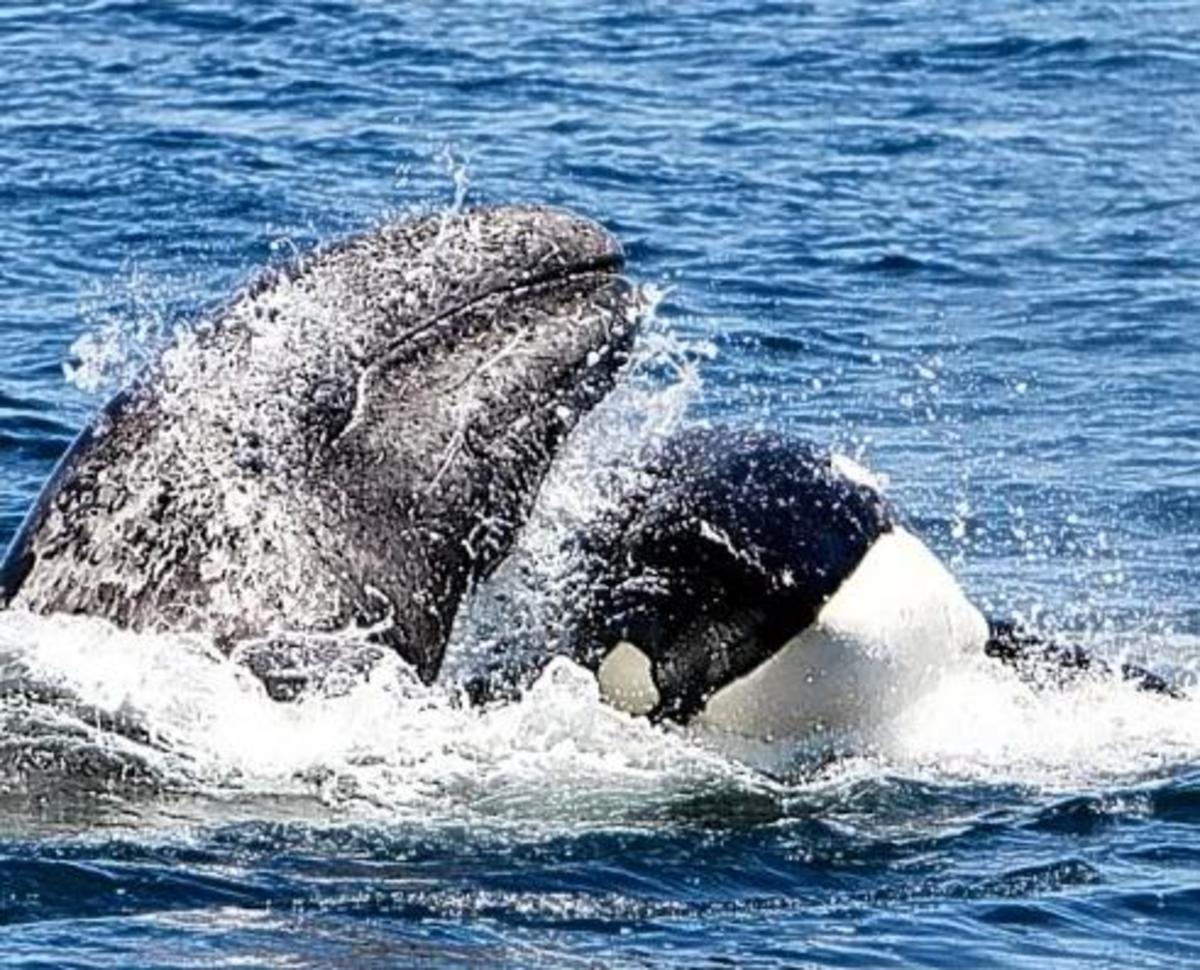- HubPages»
- Education and Science»
- Life Sciences»
- Marine Biology»
- Marine Life
West Indian Manatee
Scientific Name: Trichechus manatus
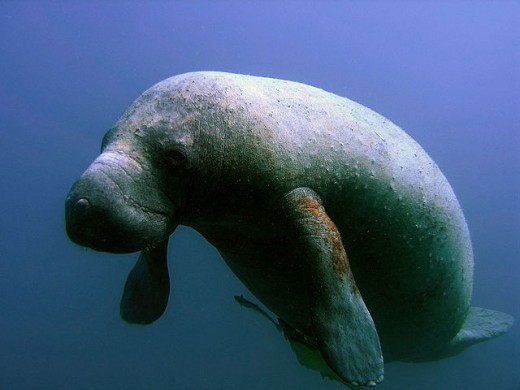
Manatee Facts
- Manatee Facts
Manatee Facts and Information. Feeding, habitat, distribution, reproduction, anatomy and more. Facts about Species like the West Indian Manatee, Amazonian Manatee and others. - West Indian Manatee
The largest of all manatees is the West Indian species. They can weigh up to 12,000 pounds as adults. The males can also grow as long as 10 feet with the females being about 8 feet long. There are various shades of gray for the color if this particul
West Indian Manatee Description
The largest of the manatee species happens to be the West Indian. Many believe that the stories circulating about mermaids in various locations are really to do with these animals. They have a unique look to them and their can give off a reflection from their bodies that isn’t’ really what is there. Could it be that is what has fascinated people for so long in the depths of the water? It is certainly a possibility!
Full grown male West Indian Manatees can end up being extremely large though. This can be as much as 12,000 pounds with a length of close to 10 feet. The females tend to be a bit smaller though which can help to tell them apart from each other. If you look at the face of these manatee, you will notice that they have a split on the upper lip. This is a feature that you won’t find on any other species of manatee.
West Indian Manatee Anatomy
Their overall body design is very original and many people find it to be strange. They are related to elephants which can certainly help to explain the gray wrinkled skin on their bodies. They are very wrinkled around the face which could be intentional as it can prevent their bodies from being covered with algae. They also have very long lungs so that they can remain in the water for a very long period of time without the need for more air.
You will notice that the teeth of manatee are different from other types of aquatic life such as the dolphins. They happen to be plant eaters which is why they have flat teeth rather than very sharp ones. These teeth do wear down as they get older though, but they have the ability to grown new ones in their place.
- The Portal of Life on Earth - Amazing Animal Facts
Amazing Animal Facts - The Portal of Animal Diversity. Visual index of animals. Dolphins, Whales, Penguins, Sharks, Tigers, Elephants, Flamingos, Otters, Killer Whales, Seals, Sea Lions, Sea Turtles, Polar Bears, Walruses, Squids, Manatees, Snails, G
West Indian Manatee Evolution
As I mentioned, this species of manatee is genetically related to the elephant. You may find that crazy since they are land animals. Yet when you explore the theory of evolution for them it can start to make more sense. It is believed that the West Indian Manatee was once a land animal. However, they needed to be able to find their food in the water which is why those limbs became flippers.
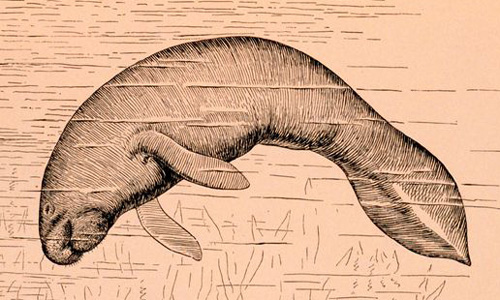
Amazing Animal Facts
- Facts about Whales
Whale Facts and Information. Feeding, habitat, distribution, reproduction, anatomy and more. Facts about Species like the Blue Whale, Humpback Whale, Sperm whale, Beluga Whale and many others. - Penguin Facts, Emperor Penguins, Adelie Penguins, King Penguins
Penguin Facts and Information. Feeding, habitat, distribution, reproduction, anatomy and more. Facts about Species like the Emperor Penguin, King Penguin, Humboldt Penguin and many others. - Facts about Squids
Squid Facts and Information. Feeding, habitat, distribution, reproduction, anatomy and more. Facts about Species like the Giant Squid, Colossal Squid, Vampire Squid and many others. - Dolphins Facts and Information
Learn the main facts and the top information related with dolphins, bottlenose dolphins and killer whales, the largest dolphin.
West Indian Manatee Behavior
Many people assume that the manatee live in pods but they don’t . In fact, they do prefer to spend most of their time alone. You can often see many of them in the same general area though due to the food sources. They don’t seem to be bothered by others in the area, but are often just indifferent and stick to themselves.
This is why it is also very hard to fully explore their communication methods. What has been observed though with those that are mating and the mothers with the young is that they are very sophisticated with their communication efforts. What has continued to stump researchers though is that they can’t figure out where they sounds they make are actually produced in the body.
West Indian Manatee Habitat
Most of the West Indian Manatee are found in the warm waters of the United States and Central America. The number of them found around Brazil continue to drop annually. Florida and Georgia are prime areas where large numbers of them live. Florida is also the area where all of them will migrate in the winter to find warmer waters and for mating to take place.
Many people don’t realize that these manatee are able to live in salt water as well as fresh water though. This is why they are able to adapt to living rivers, lakes, oceans, and even large canals. They need to have a good supply of food but other than that they are well adjusting creatures for the rest of the environment around them.
More Animal Facts...
- Manta Ray Facts
Manta Ray Facts and Information. Feeding, habitat, distribution, reproduction, anatomy and more. Also, the conservation efforts made to preserve Manta Rays and how humans have interacted with Manta Rays. - Sea Lion Facts
Sea Lion Facts and Information. Feeding, habitat, distribution, reproduction, anatomy and more. Facts about Species like the California Sea Lion, Steller Sea Lion and many others. - Facts about Seals
Facts and Information about Seals. Feeding, habitat, distribution, reproduction, anatomy and more. Facts about Species like the Harbor Seal, Harp Seal, Hawaiian Monk Seal, and many others.
West Indian Manatee Feeding Habits
Their diet consists of lots of algae as well as various types of plants out there. They can consume as much as 9% of their body weight each day. They need large amounts of food in spite of a slow metabolism. This is due to the fact that so much of what they do eat doesn’t’ offer them very much nutritional content.
They move around in the water at a very slow pace throughout the day and night to eat. They take long resting periods as they are feeding too. This can often give the impression that they are feeding for longer than they are. Many experts believe they spread out the intake of food to aid in the process of digesting it.
West Indian Manatee Reproduction
Mating is one of the few times when the male and female West Indian Manatee will really pay any attention to each other. The males are ready to mate when they are about 9 years old. For the females this occurs much earlier, about the age of 5. The males and the females will travel quite a ways for migration depending on where their starting points happen to be. It is during this time that they will mate.
The females will carry the young for a period of at least 12 months. However, it can be as long as 14 months if they have a very long journey back home. They are able to trigger giving birth as they arrive back to their natural environment. They often migrate the same pattern year after year. They will feed the young milk for about two years. They can mate again at that time but for many of them it can be up to five years before they do so again.
- Facts about Pollution | Effects of Pollution
Pollution Facts and Information. Effects of Pollution in the Environment
West Indian Manatee Predators
Predators aren’t a problem for the West Indian Manatee as some would think. The smaller they are the more susceptible they are to some species of sharks. However, it really depends on the location where they are at. They can grow very fast and as they get bigger they are less likely to be bothered by sharks. The average life span for West Indian Manatee is about 60 years in the wild.
Their environment though continues to be adversely affected by humans. There seems to be more and more people trying to enjoy the same areas where these animals call home. They also bring their boats and other equipment which often hit and harm these animals all the time. Many lose their lives for that very reason every single year.
It is believed that less than 3,000 of them remain. Efforts are in place around Florida and Georgia to get people to be more aware of the migration routes. Hopefully this will help to protect them from various types of injuries or death. The fact that these animals mate at a slow rate though makes it extremely hard to help them successfully increase in number.
Not all areas out there work to protect them which is another problem. In Brazil many of them are hunted to provide a source of meat. Others end up in fishing nets and drown before they are discovered. Even with other governments putting pressure on Brazil they continue to drag their feet when it comes to serious conservation efforts fro the West Indian Manatee.

